
It might seem like every acre costs a fortune now, but that’s not always true. Some states quietly keep land prices reasonable, with large plots still available at fair rates. Local markets, crop demand, and soil quality all play a role in shaping these surprisingly affordable farmland opportunities across these twenty U.S. states.
Alabama
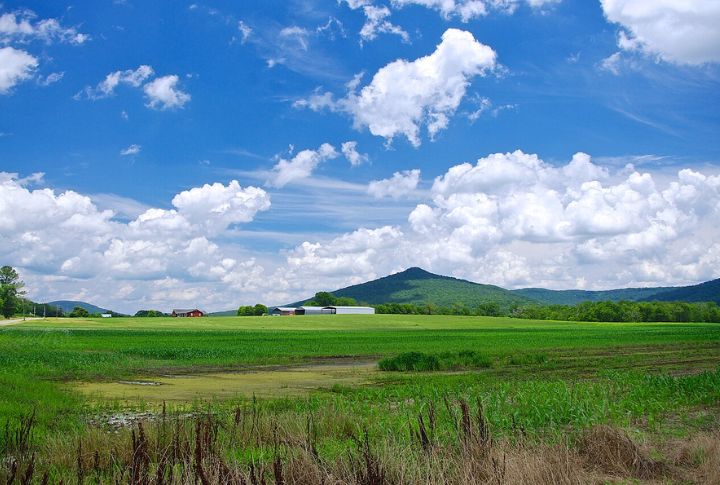
The mix of hardwood forests and fertile cropland gives Alabama a unique appeal. Long-growing windows and flexible land use support cattle and peanuts year after year. In a region known for tradition and strong soil, buyers still enter the market at $3,409 per acre.
Arizona

Arizona doesn’t top most minds when farmland comes up, but those who know the Gila River Valley know better. At $4,200 per acre, irrigated land grows alfalfa and even cotton. Long daylight hours and reliable irrigation help farmers work around the desert’s biggest challenge—maintaining steady crop production.
Arkansas
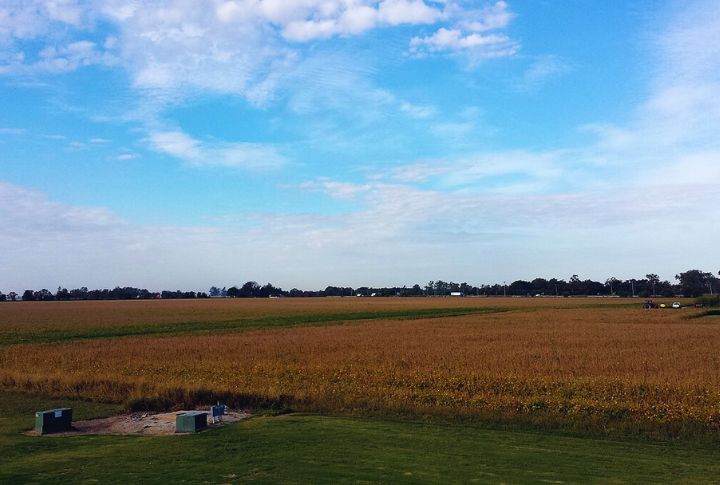
Delta soil has built generations of farming in Arkansas. $3,680 per acre gets you deep, fertile ground ideal for soybeans and rice. The state ranks in the top five nationally for poultry production, too. Infrastructure is strong, and ag-friendly legislation keeps the landowner’s interests well protected.
Colorado
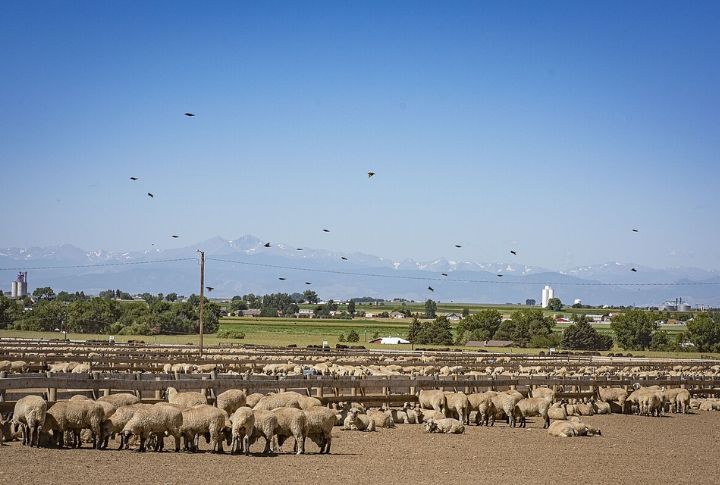
Farmland in Colorado holds buyers, especially in the eastern plains, where $1,200-per-acre deals still exist. The state’s agricultural GDP consistently ranks high due to cattle and hay. With water scarcity being closely managed, parcels here offer long-term promise with strong policy support.
Georgia
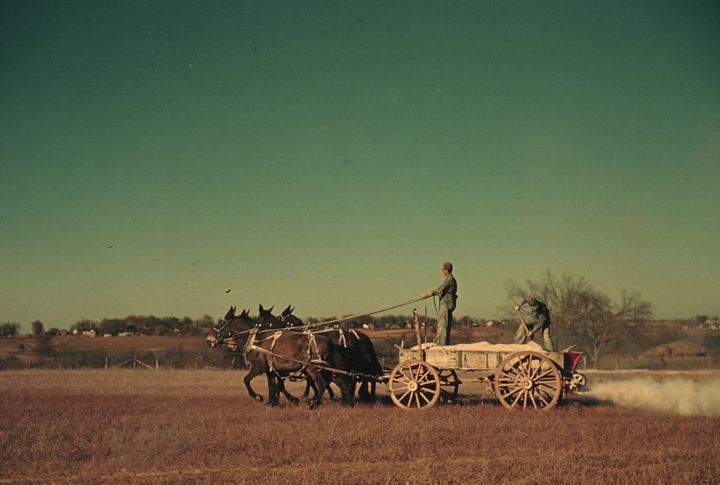
The story of Georgia’s farmland is told in quiet yields and generational grit. In the south, fields of peanuts and pecans define rural life, while zoning remains welcoming. The opportunity lies in its balance: unflashy but solid. That mix continues to draw buyers at a minimum of $2,700 per acre.
Kentucky
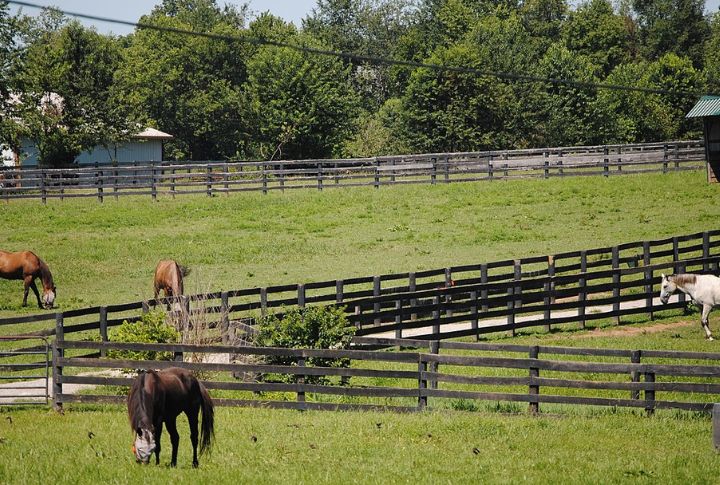
Horse country gets the spotlight, but Kentucky’s broader farmland market remains accessible. With $2,600 per acre, small farms focusing on hay and corn dot the area. Bluegrass soil is famously rich. State support for agriculture education and land conservation boosts its long-term appeal even further.
Michigan
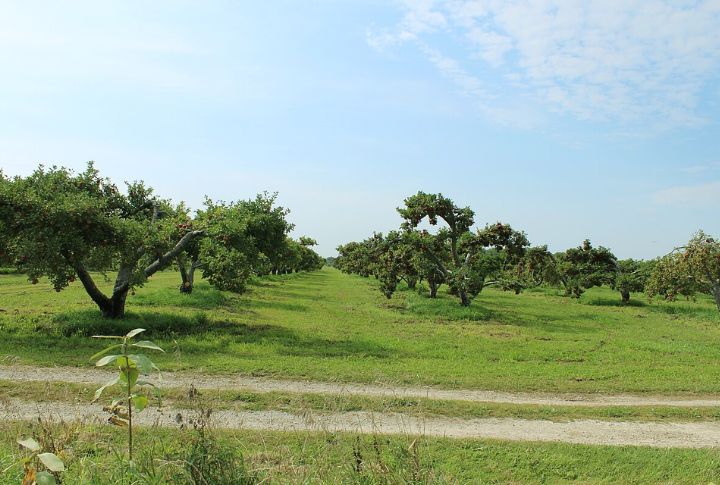
Agricultural diversity is Michigan’s secret weapon. Orchard crops and row crops coexist across its varied zones. Family farms in central and northern counties often stay in operation for generations. That kind of long-term productivity, paired with balanced pricing, holds the average at $5,870 per acre.
Mississippi
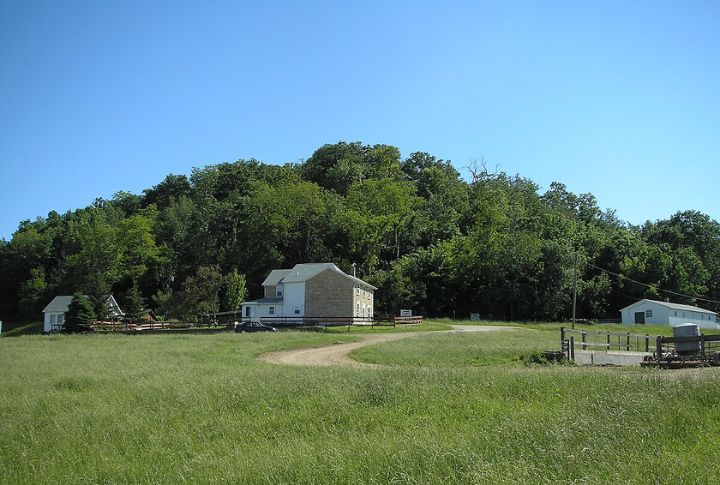
Some of the most affordable farmland in the Southeast sits quietly in Mississippi. For around $3,490 per acre, buyers find row crop and pasture land ripe for use, often with easy access to local roads and markets. Timber plots are common, and the hunting lease market adds value.
Missouri
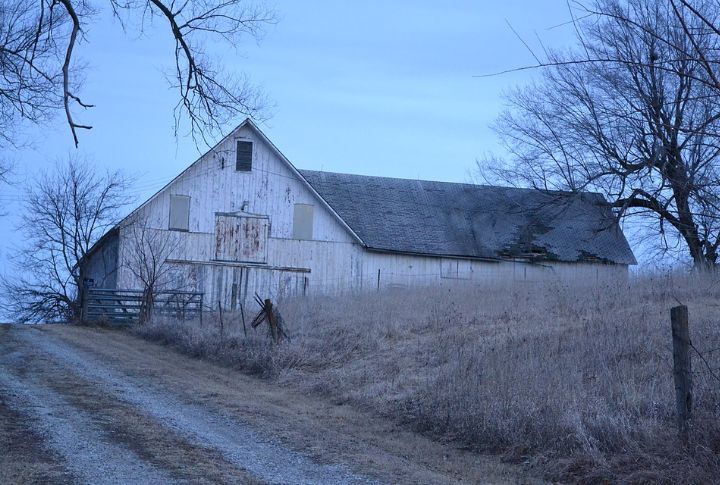
In Missouri, old barns still stand on land that works hard. The climate allows two hay cuts, the terrain welcomes cattle, and zoning rarely gets in the way. Family-run farms dominate, but newer buyers are catching on. It’s still changing hands at approximately $4,180 per acre in the rural areas.
Montana
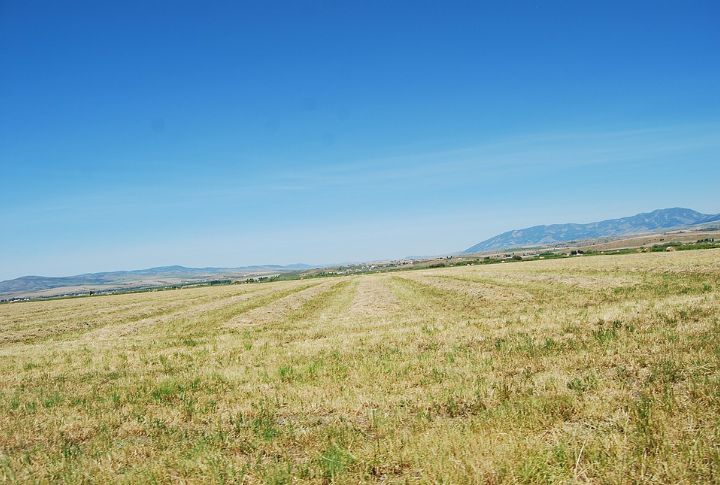
Montana’s $1200-an-acre average still echoes its deep farming roots. Wheat and cattle dominate the east, while the Flathead Valley supports fruit growers. Buyers often stay for life. Few states combine value and raw natural beauty quite like Montana does.
Nevada

Eastern and northern Nevada host small crop farms and ranches far removed from the flash of Vegas. Agricultural zoning here is forgiving, and water rights shape nearly every land deal. It’s a market built on practicality and patience, traits rewarded with land that still averages just $1,150 per acre.
North Carolina
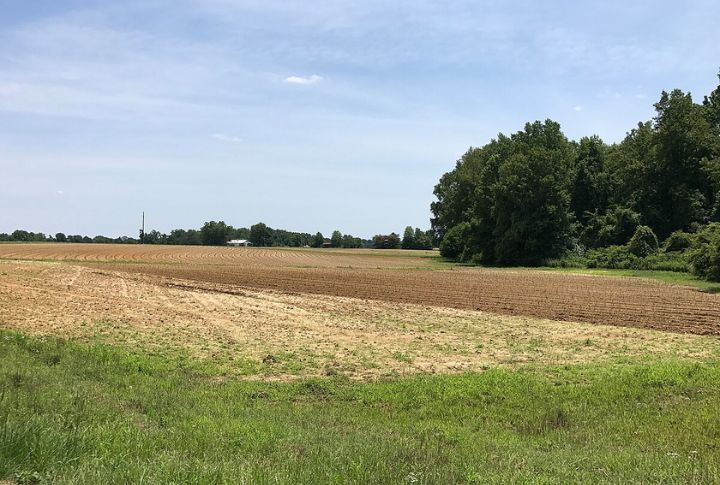
Tobacco may have made its name, but today’s farmland story in North Carolina includes poultry and sweet potatoes. At around $5,150 an acre, buyers find a mix of mountains and coastal plains. Demand is creeping upward, especially in rural counties adjacent to booming metro areas.
New Mexico
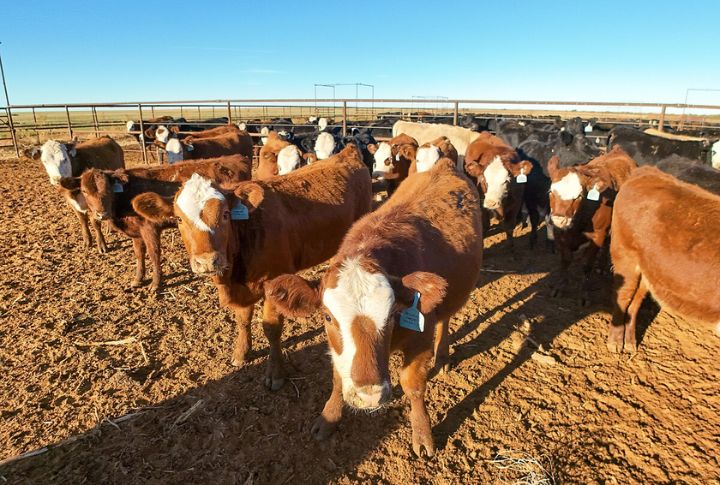
Land buyers seeking value should keep New Mexico on their radar. At just $1,420 an acre, it ranks among the nation’s most affordable. Pecans and cattle dominate the scene, especially in southern counties. With fewer zoning barriers and steady agricultural performance, it’s an ideal choice for long-term holders.
Oklahoma
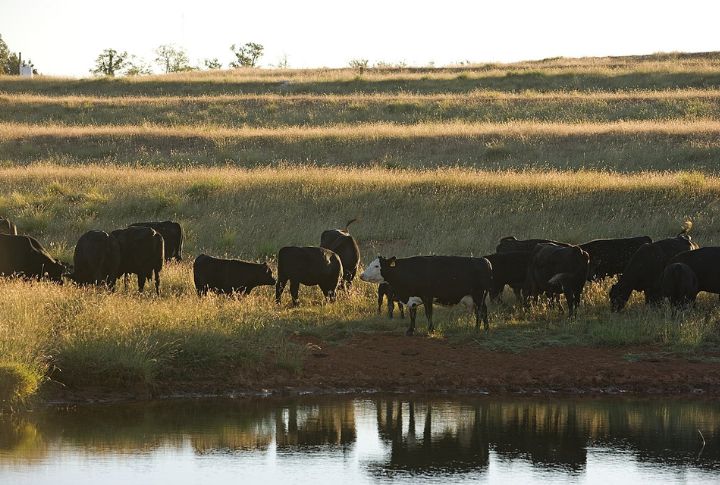
In a state where cattle graze beside pipelines, Oklahoma’s farmland market tells a unique story. Rural zoning laws make development straightforward, and rainfall in eastern counties supports crop reliability. The mix of resources and open policy has long appealed to savvy buyers. It still trades for only $2,635 per acre.
South Carolina
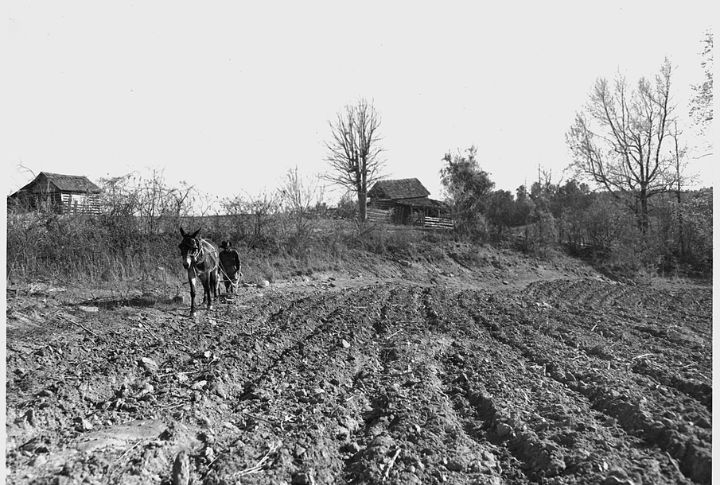
Located between the coastline and the Appalachians, South Carolina offers farmland at around $3,500 per acre. Its agricultural past is still visible in today’s peach orchards and soybean fields. Proximity to ports and cities gives rural land here a bonus. It’s affordable now, but that window may not stay open long.
South Dakota
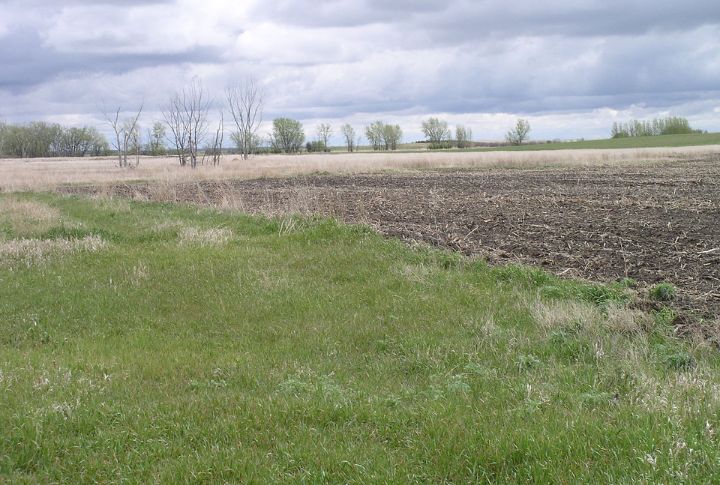
Among prairie states, South Dakota balances productivity and affordability better than most. Though its average has inched up, $2,780-per-acre plots still appear in the northeast and central regions. This is prime wheat and cattle land, backed by dependable yields and a risk-aware farming culture that buyers appreciate.
Tennessee

Tennessee blends scenery with substance. Its central and western regions support row crops, while livestock operations benefit from strong local infrastructure. The state’s ag history has improved. Those after both productivity and culture find balance here, and the investment remains approachable at just $5,000 per acre.
Texas
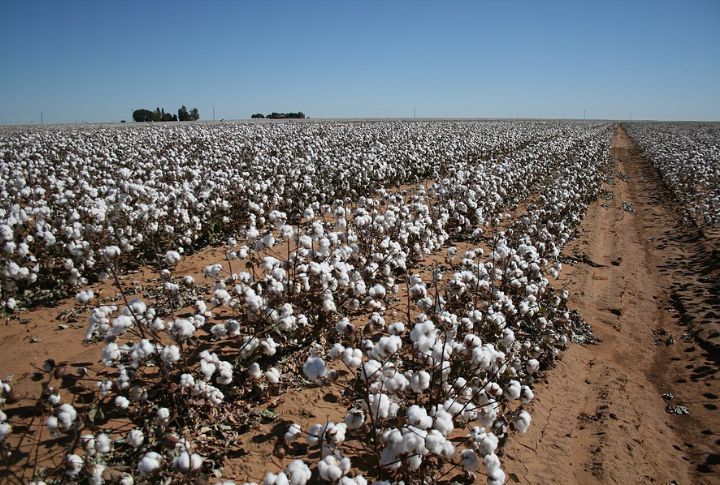
Land in Texas is a lifestyle choice for many: cattle, crops, or just space to breathe. In the Panhandle and South Plains, $1,890 per acre is still a reality. These regions thrive on cotton and livestock. Plus, low property taxes and strong agriculture lending options keep buyers circling back.
West Virginia
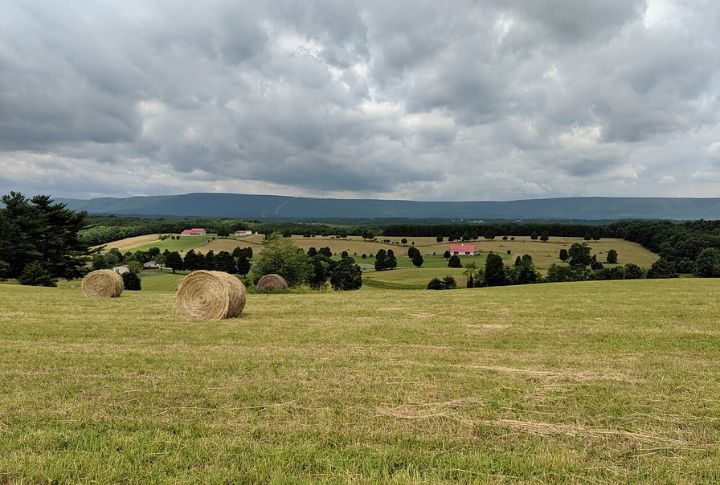
It’s easy to miss West Virginia in farmland conversations, but that’s part of the appeal. The terrain shifts from wooded slopes to wide valleys, opening up options for both timber and livestock. For buyers craving flexible use and a slower pace, land here still averages just $3,420 per acre.
Wyoming

What’s the price of peace and quiet? In Wyoming, it’s about $880 an acre. Ranchers love it for the grazing. Homesteaders love it for the space. The state’s sparse population and high elevation have kept development slow, preserving some of the lowest land prices in the Mountain West.
